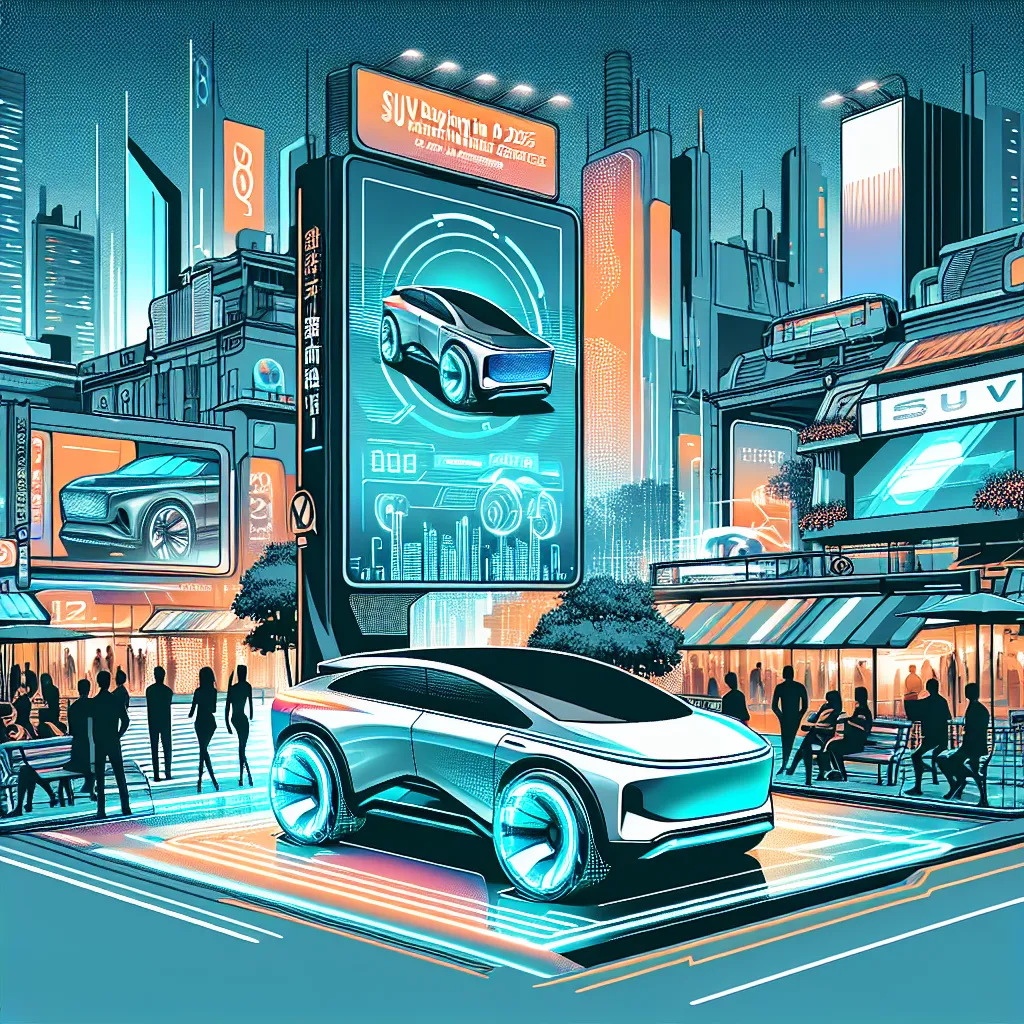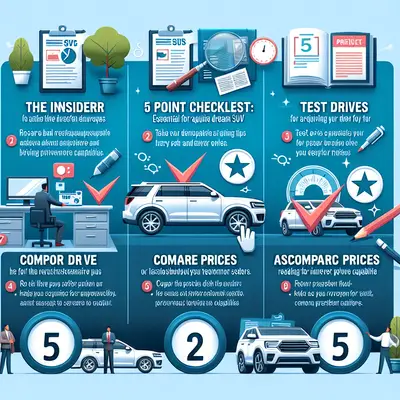The Impact of Electric and Hybrid Technology
Electric and hybrid technology have gained significant momentum in the automotive industry. As we move towards a more sustainable future, these technologies are setting new standards in fuel efficiency and emission control. For SUV buyers, this means considering factors such as battery range, charging infrastructure, and potential tax incentives. It's crucial to assess how these elements align with your lifestyle and driving habits.
Advanced Safety Features
Safety has always been a top priority for SUV buyers, but 2025 brings a host of advanced safety features to the table. From autonomous driving capabilities to advanced collision detection systems, SUVs are becoming safer than ever. However, understanding these features and their practical implications is vital. Not all advanced safety features are created equal, so it's important to thoroughly research and test these technologies before making a purchase.
The Rise of Connectivity and Infotainment
Connectivity and infotainment systems have become an integral part of the driving experience. Today's SUVs are equipped with features like smartphone integration, voice-activated controls, and high-speed internet connectivity. These features can significantly enhance your driving experience, but they can also add to the cost of the vehicle. Make sure to consider the functionality and usability of these systems during your purchasing process.
Size and Space Considerations
While SUVs are known for their spacious interiors, the size and space requirements can vary greatly between different models. From compact SUVs to full-size models, each offers a unique balance of passenger space, cargo capacity, and maneuverability. Consider your specific needs, such as family size, cargo needs, and parking constraints when deciding on the size of your future SUV.
Ownership Costs
Beyond the initial purchase price, potential SUV owners should also consider the total cost of ownership. This includes factors like fuel economy, insurance rates, maintenance costs, and potential resale value. While an SUV might have an attractive sticker price, high ownership costs can make it a less economical choice in the long run.
Conclusion
As we steer into the future, the SUV market continues to evolve, promising exciting opportunities for potential buyers. Armed with the right knowledge, you can navigate this dynamic landscape to find an SUV that perfectly fits your needs and lifestyle. Remember, the key to a successful purchase lies in thorough research, careful consideration of your needs, and a keen understanding of the future of automotive excellence.



